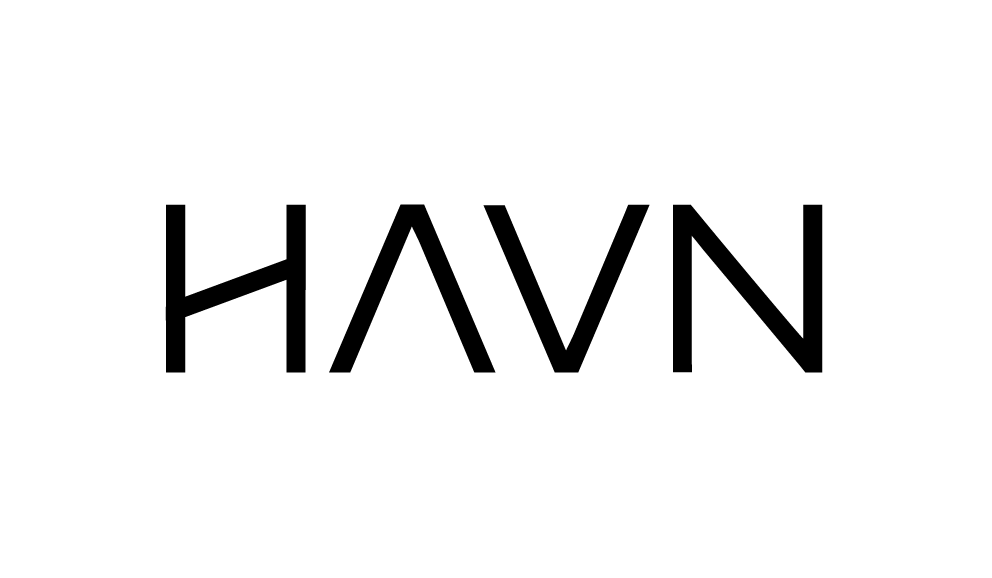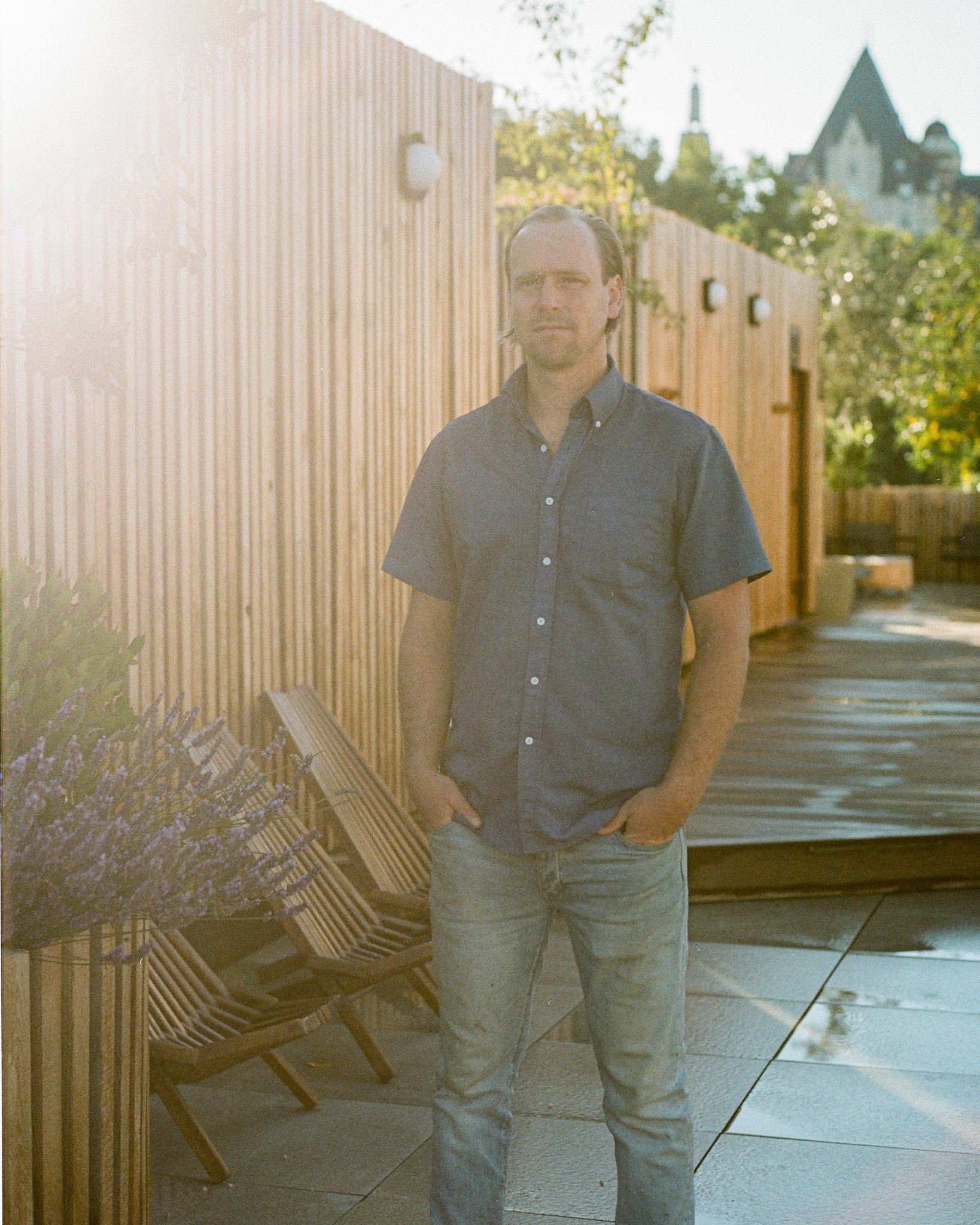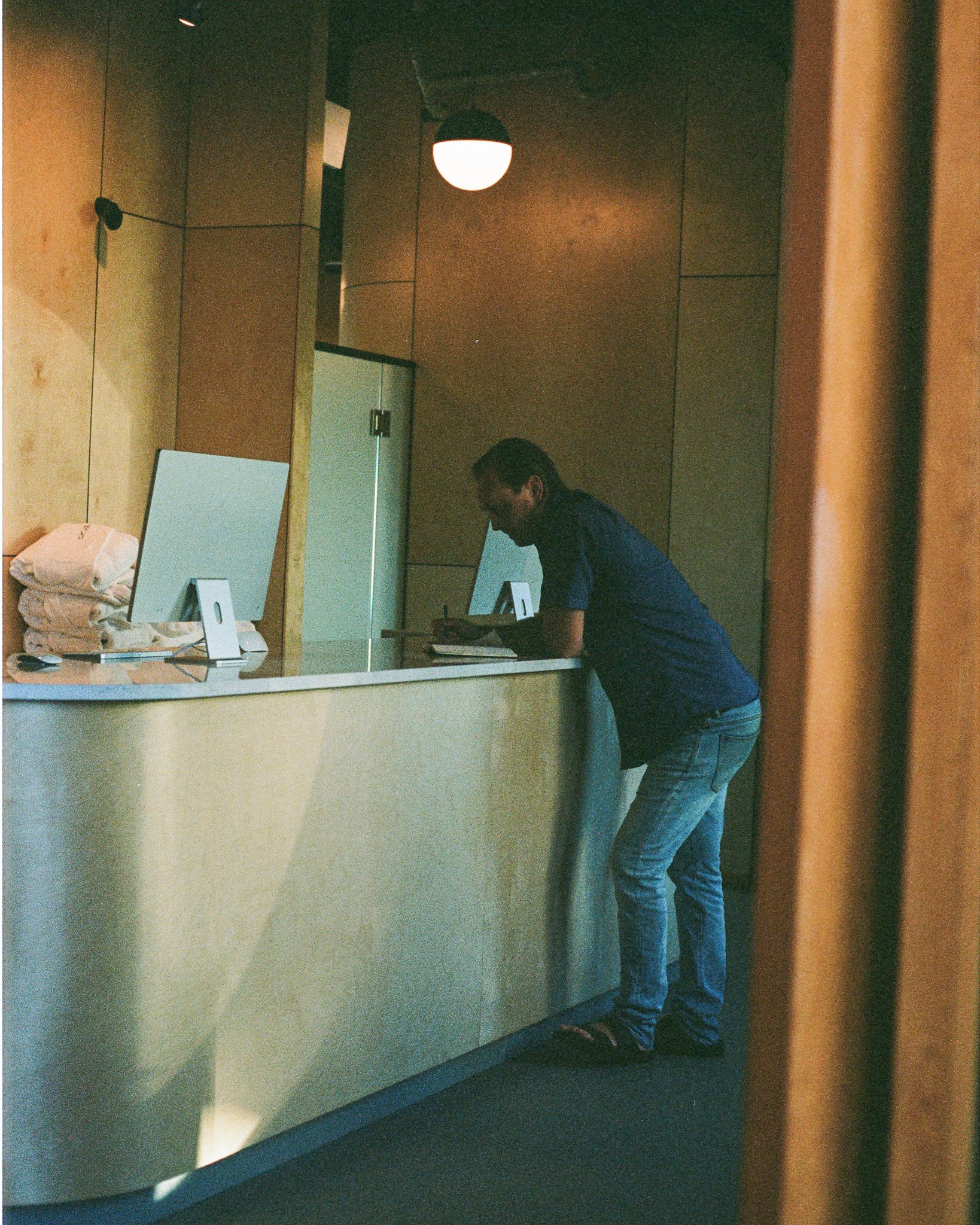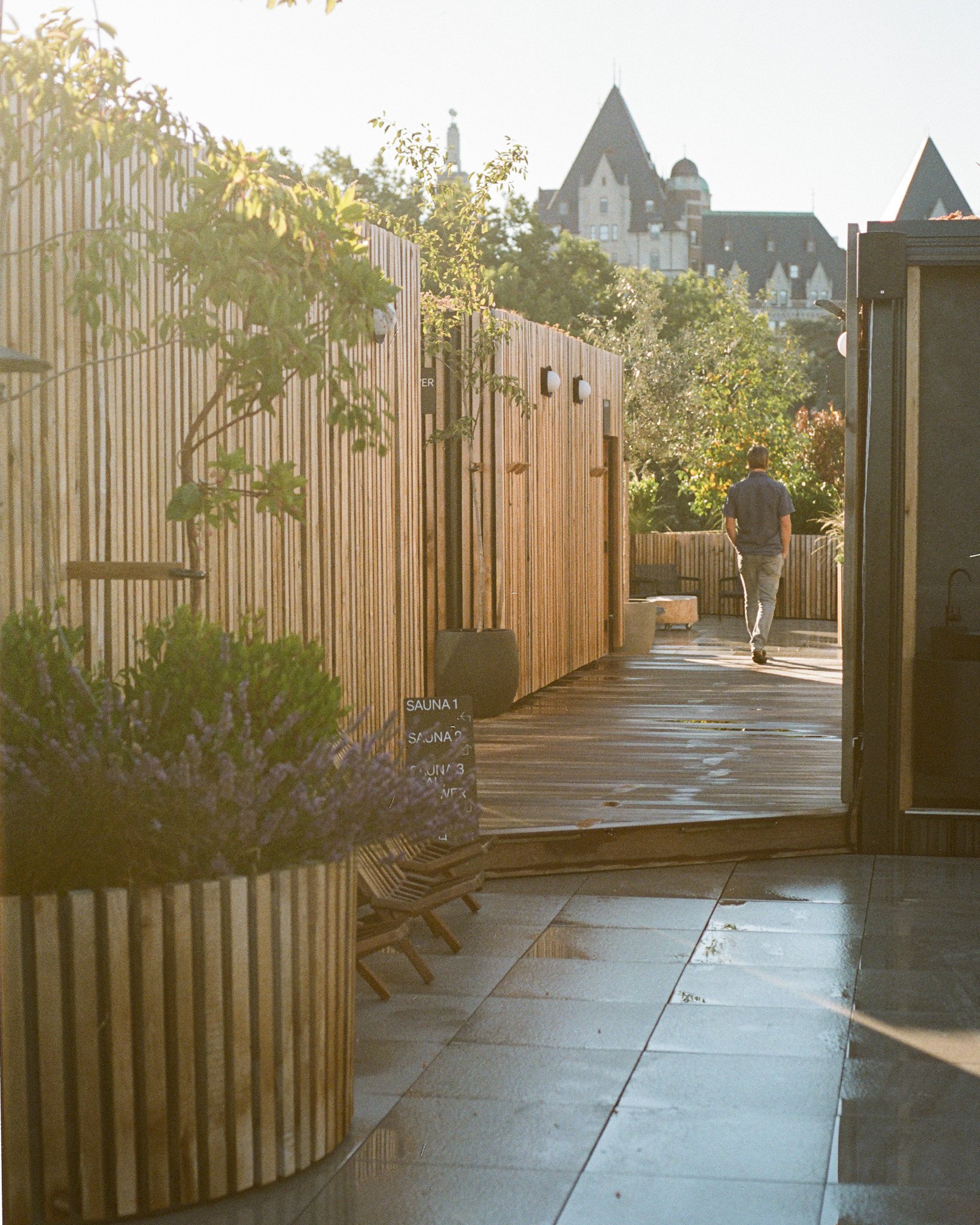Community Highlight: Nicholas Van Buren
Our community is an integral part of the success of our company. HAVN’s vision and vitality are brought to life with the support from our community members helping us work towards achieving this dream. It is our pleasure to highlight some of our members, to showcase their incredible talents, hard work, and creativity in our weekly segments.
Nick Van Buren, is one of three co-founders behind HAVN Saunas. Inspired by the world around him, Nick's artistic perspective permeates every aspect of the business. It is his ability to see beauty in the ordinary that sets him apart, whether it is in the fluid lines of a sketch or in the intricate details of architectural design. As an entrepreneur, Nick combines his passion for creativity and artistic expression with boundless energy and determination to make a meaningful contribution to the community. When he’s not dreaming up new spaces like a treehouse, a sauna boat, or a carriage house, you can find him riding waves. As a surfer, his love of the ocean mirrors his approach to entrepreneurship - embracing challenges to catch a perfect wave.
Q: What are some of your interests?
Placemaking, particularly from a design perspective, involves creating urban centers that enhance casual social interactions and consider the deeper reasons for city living beyond security and economic opportunity. My passion lies in crafting things that evoke a profound emotional response – designs that I find genuinely beautiful and captivating. I strive to encapsulate elusive emotions into tangible experiences or products that resonate with others as well.
This drive inspired projects like the Steam Mystic Boat, the house I designed and built, and my work in clothing and surfboard design.
It's just creating things that captivate people but that I have an emotional towards where I'm like, I love this thing. This should exist and I get that emotion.
The common thread is my desire to create things I love, with the hope that others will be drawn to them too. That's an interest. It's continuing to create those things.
Outside of that, it's basically surfing, ocean-based activities which I think if you look at the style of design that I produce and being exposed to the surf world for so long.
There's a tone of that in terms of that, in the designs. A casualness to them.
They're elegant and refined but there's always this casualness to it, which I think is reflective of the surfing culture's escapist attitude – a reminder to embrace enjoyment amid the waves.
There's some crossover, obviously who you are shapes the way you design.
Q: What is a motivator for you to do a large-scale project like this?
It initially began on a smaller scale and gradually evolved. Along the way, we recognized the need for a minimum scale to ensure financial viability.
We basically went to the top end of the scale that we thought we could for the space that we had. This approach ensures a unique, engaging, and beautiful space that benefits the city, while also aligning with my interest in starting businesses.
This interest stems from two things. One, I dislike answering to others and prefer being my own boss. Second, I want to preserve my creative freedom from being constrained by those who don't share my values. As an artist, entrepreneurship became essential to pursue my creative vision and build what I want.
Q: How did Ship Point's Master Plan inspire HAVN's design?
Although the Ship Points Master Plan was formulated in 2018, it has now been five years since it was implemented to turn a paved parking lot into an urban paradise. Although it is an excellent plan, I think we need to think bigger, bolder, and how can people engage with the water more, and what can we learn from other cities that are actually driving the backround activation? There should be more park benches and concrete stages. But I think we can go bigger and I think we can go better and turn this into a truly world class space that improves quality of life for everyone who comes in contact with it, as well as being a transportation hub for the marine environment, a gathering place, while fostering art and creativity.
What other learning experiences can we bring to life so that people are able to engage with the land and also engage with the water directly? How can we integrate a more play mentality? In light of the fact that this current council in Victoria in 2023 is talking about reviving the plan, let's take a closer look at it and ask ourselves, OK, what have we learned from around the world in the last five years? Let's take it to the next level and also plan in such a way that we have actionable steps that are achievable so it doesn't get kicked down the road. Since 1999, the next council has done the same things that the council before this and the council before that have done.
One of the most inspiring international projects is Loyly Helsinki, which was commissioned by Helsinki to revitalize an industrial area and bring activation to the harbourfront.
It's not just for tourists, but also for the locals to experience a traditional Finnish sauna. As a matter of fact, we took a great deal of inspiration from that. If you actually read the backstory, originally they wanted this to float, but they couldn't do so because of the ice pack that would come against it in the winter. Our ocean doesn't freeze, so we're lucky. In order to create a successful space that's busy all year long, we did a floating version, and we looked to this for inspiration and guidance.
Q: Can you speak to some of the entrepreneurial spirit you've had in the past?
Sure, definitely. Originally what I really wanted to do was design shoes just because I have an affinity towards nice footwear. I notice what people's shoes wear and believe it or not. Although I personally lean towards flip flops or runners. While I could see myself doing shoe design as a retirement endeavor, essentially just a creative outlet, a means of tangible creative expression. I'm not gonna create visual art, I don't do visual, like paintings and things like that. I don't put up music albums. Although if I had time, I think it'd be really fun to get good at music and do those things because there's so much emotion caught up in those if you capture the emotion, but it's tangible things like designing shoes, designing, clothing, designing surfboards, houses, saunas on boats and these and, and things like that.
There's a builder aspect to it. Part of the challenge now is stepping away from that actually just trying to do just the entrepreneurial things. While I'm currently focusing more on the entrepreneurial side of things, my intention is to eventually circle back to design.
Q: How do you get interested in this kind of work?
I began wood carving at the young age of 10, specifically diving into crafting tribal masks, and that's where it all took root. This theme extended across different materials, such as leather, fabrics, foam, and fiberglass, yet wood remains a prominent focus. But wood's a big theme.
I just started carving when I was a kid. Luckily I had a mom who nurtured that and gave me opportunities to go to classes, to do more of it, to create more things to design and build things.
That scaled up as a teenager into constructing larger scale things. And so that was always kind of naturally to me. I always end up in a captivated state when I'm doing those kind of things.
I get hyper focused and so not to say it's not hard, but it definitely feels it aligns with my expanding skill set and the scope of my projects.
Throughout, it's always been about making things with my hands and creating things that I like the look of and I like the feel of and having an emotional, a certain emotional reaction to the way things are shaped.
Q: Tell me about your background.
I always hated school forever. Can't remember a single grade where I'm like, I enjoy this. The only things I enjoyed were woodworking class and mechanics in high school. Reflecting, I wish I'd pursued carpentry over mechanics, but university wasn't my fit. For a while, I questioned my intelligence, assuming I didn't measure up. However, I recognize my strengths lie elsewhere, not in the conventional academic realm.
I grew up on snowboarding and a little bit of skateboarding. Then, I found surfing, I instantly felt at home with it. I spent 10- 15 years just making that my life and trying to survive through construction jobs and even shoemaking.
My interest has always centered around building things, be it wood carving, constructing bike jumps, or even timber-framed structures. I recall pivotal moments, like receiving a circular saw with no blade protection, and then there was this turning point. I was building something and we had a builder at the house and he was like “when I build things by myself, I need to screw something together. I pinched between my legs like this and, and I put it together like that.” That's really the most of the guidance I can remember getting for building things other than that.
I just did it and then you just get better at it and you figure it out. You're self-taught in that sense, you look things up, watched other people.
When I wanted to learn architecture and design, I just started watching youtube videos, reading blogs online, taught myself how to use Revit for drafting for larger scale things and sketched up for conceptualizing ideas and hand drawing and all those things.
There's a wealth of information that you can get online if you're OK to be a self-starter and to go through it. Sure a lot of times the quality of information that you get is lower, but if you're just willing to dedicate the time to it because that's what you want to do and you have an outcome that you want to achieve and that's the best way to get there, then you end up doing it and you end up getting good at it.
Q: What are the things you love about the west coast in Victoria?
I think Victoria is a great Canadian city because the core of it was built before automobiles became prolific, it was created at a scale that is easy to bike and walk around town.
Cities built post the automobile's rise often relied on sprawl and are now striving to transform into "15-minute cities." This aspect is what I truly appreciate about Victoria. It's also closely linked to nature due to our waterfront location and great climate. From a build standpoint, we're making positive changes at the city's periphery, adding bike lanes and emphasizing that cities should offer more than just security and economic opportunities. This project is motivated by the desire to create vibrant, unique elements in town.
That plays into the kind of things that I want to design. It's just a nice alignment that works. I'm not creating anything that isn't there. It's convenient that it fits with all those things that also the community desires and from the amount of people we've had so far they also desire.
Q: Did you think this project was going to get approved?
It was hard to believe that it would, but the downside was so severe that I never really thought about if it didn't. It crossed my mind but it wasn't something that I was taking any action towards it was this or nothing.
Also at the same time, I wasn't convinced it was gonna get approved. While the new council provided some confidence, the pivotal moment of voting was legitimately a scary turning point when we got it. There was so much riding on it.
The interesting thing is that when I went up to stand for council, I was sitting there, and sometimes when you're waiting for something and then they say it’s your turn and as soon as you stand up, you’ve got butterflies in your stomach, you're like, holy shit and then you can't shake it.
Well this time, as I stood up, I had a familiar rush of butterflies. This time was different. The instant I took the podium, I got just 100% completely calm, as calm as if I was like standing at my mother's kitchen counter just shooting the shit and I think part of that is because I could feel that everybody already made up their mind and they were gonna say yes and we were going through the motions.
That was great. I think that allowed me to deliver a good presentation because I was just completely chill about it.
Q: What do you want to see now that it's actually open?
I think the best thing that we could do is to continue to offer an excellent hydrotherapy circuit as a baseline and we could send that through offering really unique and engaging events.
You know, the predominant thing you could go if you wanna go in town, sometimes we have speaker series, but the main thing you do to is you go and you see some live music and live music is great.
Can we offer those things? And can we get to a point where not only is this thing a little bit luxurious, but also is good for you.
I think that it needs to offer something to people where they really like what we're doing. And I also think that that's the greatest amount of value that we can offer to our city and not something I came up with, but something I love, they do the same thing.
Taking inspiration from places like Salt in Oslo, we're adopting a similar concept, seeking to provide value that extends beyond mere luxury. The goal is to offer an enjoyable yet healthful experience, coupled with cultural immersion. This approach aligns with my belief that it's the most valuable contribution we can make to our city.
We could introduce events such as live music sessions, dance classes, yoga classes, and speaker series, alongside the core facilities. These experiences will be complemented by unique food offerings and agricultural activities, creating a holistic experience that encapsulates the essence of Victoria. By incorporating cultural aspects, we're crafting an offering that's genuinely distinctive, resonates with our sense of place, and maximizes the potential of our harbor-side location.





